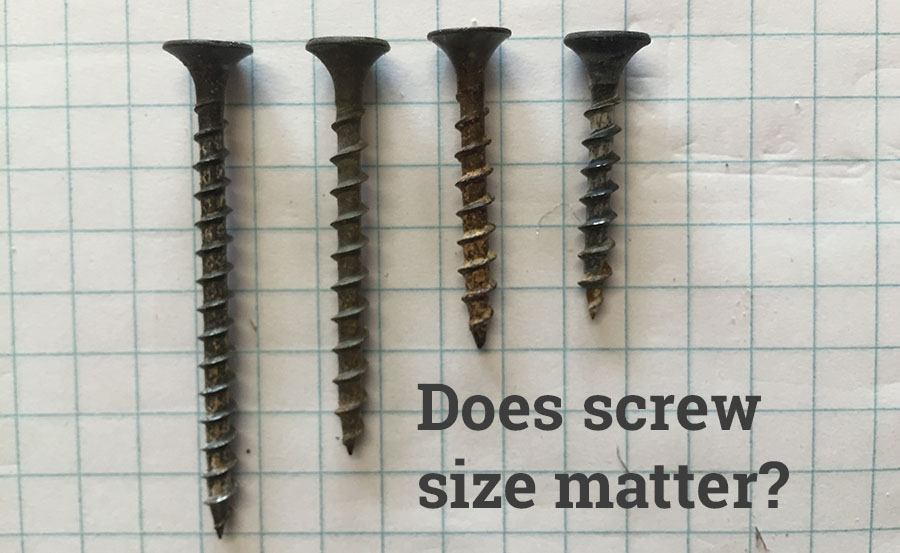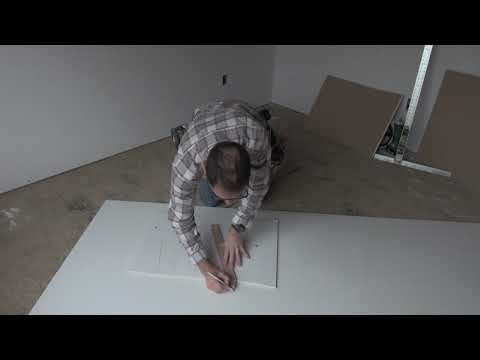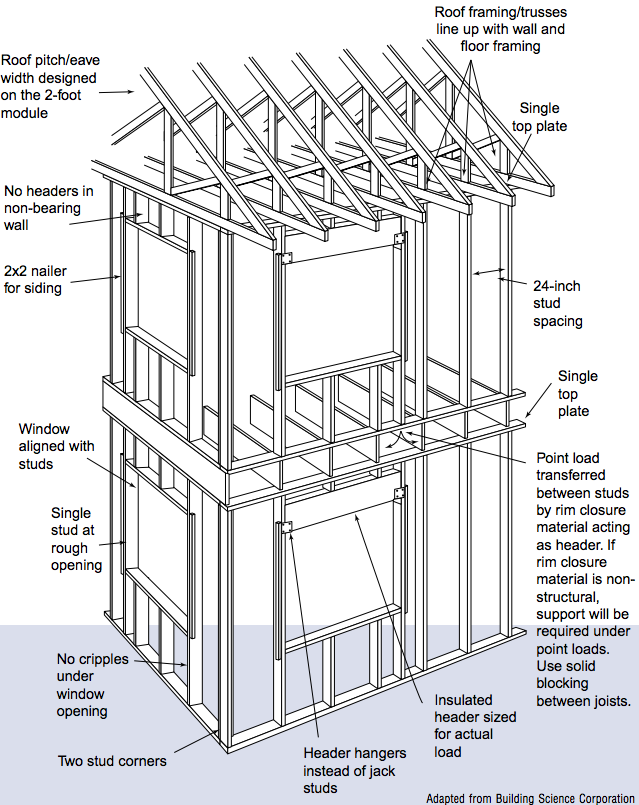Everyone loves videos about how to install drywall right because everyone has to install drywall at some point, and no one is any good at it. Except for drywall professionals like Myron Ferguson. The hard part of installing drywall is installing 16-foot-long sheets of 5/8-inch thick drywall to the ceiling.
The other hard part is ordering it, storing, and stacking it in the house, you're going to hang it in. Unless you get some pro insight from someone like Myron.
Stacking and storing
- The safest way to store drywall is by laying it flat on the floor. This is difficult in residential construction, so it is typically stored leaning against a wall.
- Separate drywall sheets by length when stacking them
- Don't lean too much because it can put too much pressure on the wall, and don't lean too little because it can tip over. Spacing the bottom of the sheet about six inches from the wall is a good amount of lean.
- Try not to block access to a doorway because it may encourage people to climb over it.
Ordering Drywall
- Order the lengths you want, not what is convenient for the drywall supply company.
In residential construction, drywall is installed horizontally on the walls*. Ceilings are installed with drywall sheets running perpendicular to the framing. Whatever the length of the ceiling is, is the length of drywall Myron will order. Likewise, whatever length the ceiling is, is the length he will order.
Sensing a pattern? Me too.
Measuring a room for drywall
- Always use sheets that are as long as possible. Eliminating butt joints on walls and ceilings eliminates a lot of taping and makes the path to a smooth surface a LOT faster and easier.
- For smaller walls, like closets, he uses smaller sizes, such as seven and eight-foot sheets. For walls under 48 inches long, stand the sheets vertically. This will avoid all seams. Eight-foot sheets are the right choice for these spots.
- If all of these lengths are not available in your area, use the longest sheets so that you can. This allows you to hide seams near corners instead of placing them in the middle of the wall.
- He does not tally each room separately because it is not necessary.
If the room is taller than eight feet, order 54-inch wide drywall, not 48-inch wide drywall (I'm not bulletining this because I don't feel like it is really a tip as much as just stating the obvious).
Make a tally sheet
- Myron has a simple word doc tally sheet template which is separated into six boxes, one of which is blank. Each box represents a type of drywall: regular, moisture resistant, fire rated, other, and corner bead.
Under each heading is a series of dimensions: 8', 10', 12', 14', 16', 54" and a line afterward for the tally marks. Finally, there is a total column at the right edge of the box.
- Myron uses the "dot-line-box-cross" tally method instead of the "four-sticks-and-a-slash" method. A box with an X in it represents ten sheets of drywall and takes up less room than four ticks and a slash.
*Fun fact: Hanging drywall horizontally instead of vertically on walls in houses reduces the lineal footage of seams by 25%.












